Fully Modulated
Fully Modulated is your backstage pass to the stories and signals that shaped radio, TV, and wireless communication. Join Tyler, a broadcast engineer, as he uncovers the wild moments, quirky legends, and technical breakthroughs that keep the world connected. From vintage radio hacks to the real drama behind today’s digital waves, each episode blends deep research, humor, and storytelling for anyone curious about how media magic happens. Independent, insightful, and made for every fan who loves a good broadcast mystery.
Fully Modulated
HD Radio's Hidden Success Story: How America's Failed Digital Radio Revolution Actually Won
Got pushback on my last episode calling HD Radio a complete failure? You were right to call me out. While HD Radio's original consumer vision crashed and burned spectacularly, the technology quietly found success in ways nobody predicted.
In this follow-up episode, I break down where HD Radio actually succeeded after failing as a consumer product:
- FM Translator Revolution - How one radio station can become four different stations using HD Radio subchannels, creating better coverage and audio quality than traditional methods
- Invisible Data Highway - Why 110 million vehicles use HD Radio every day without drivers knowing it, powering traffic data and navigation systems
- Emergency Alerts That Work - How HD Radio transforms useless emergency broadcasts into detailed visual information with maps and safety instructions
HD Radio never became the "CD-quality revolution" marketers promised, but it accidentally built infrastructure that makes radio better in unexpected ways. Sometimes innovation finds success through the back door.
Send me a text message with your thoughts, questions, or feedback
Visible Wireless by Verizon
Same Verizon coverage, way cheaper bills. No contracts or hidden fees. $20 off for both of us.
If you enjoyed the show, be sure to follow Fully Modulated and leave a rating and review on Apple Podcasts or your favorite podcast app—it really helps more people discover the show.
Fully Modulated is not affiliated with or endorsed by any station, media company, or network. All opinions are solely my own.
Hey everyone, Tyler here with Fully Modulated. Before we get going, just a quick reminder that I'm not connected to any radio stations or broadcasting companies - just a guy who's fascinated by radio history and technology.
So I got some pushback on my last episode about HD Radio. And you know what? Some of it was totally fair. I said HD Radio was a complete failure, and a bunch of you wrote in to say "hold on, Tyler, that's not the whole story." And you're right.
Let me clear something up. When I said HD Radio failed, I was talking about its original advertised purpose - the big promises they made to consumers. Remember all that marketing about "CD-quality sound, no static, no fuss"? The idea that you'd go buy a $300 HD Radio for your kitchen and it would revolutionize how you listen to radio? Yeah, that totally flopped. The consumer market they were targeting never materialized.
But here's what I should have been clearer about - HD Radio didn't just disappear. It found some really clever uses that nobody saw coming. So today, let's talk about where HD Radio actually succeeded, even though it's not what iBiquity originally had in mind.
The biggest success story for HD Radio is something most listeners have never heard of - FM translator stations. And this is actually pretty ingenious when you think about it.
Picture this: You're running a radio station, say a classic rock station. With HD Radio, you can broadcast your main classic rock programming on HD1 - that's your regular signal. But you've got all this extra digital bandwidth sitting there. So you put a country music stream on HD2, maybe some talk radio on HD3, and boom - you've got three different stations coming from one transmitter.
Now here's where it gets clever. Those little low-power FM translator stations that rebroadcast signals to fill in coverage gaps? They can pick up those HD subchannels and turn them into full analog FM stations on different frequencies. So your one classic rock station just became four different stations serving different audiences.
The audio quality is way better than old-school translators because you're working with digital signals instead of re-transmitting analog audio that's already been compressed and processed. It's like making a digital copy instead of a photocopy of a photocopy.
Crawford Broadcasting figured this out early. Their 810 AM station in Denver now feeds a 94.3 FM translator using HD Radio technology. It's been running basically unattended since 2016. No constant maintenance, great audio quality, and it just works.
There are over 7,600 FM translator stations operating in the US right now, and more of them are using HD Radio feeds every year. Companies like Nautel have built entire product lines around this application. It's not what anyone originally planned for, but it solved a real problem that broadcasters had.
Here's something that'll blow your mind - millions of people use HD Radio every day and don't even know it. Your car's navigation system that shows real-time traffic? That green and red overlay on your map showing where the backups are? There's a good chance that's coming through HD Radio.
See, HD Radio can carry about 13 kilobits per second of data alongside the audio. That doesn't sound like much, but it's perfect for continuously broadcasting traffic information, weather data, even gas prices. Your BMW or Toyota or whatever is quietly listening to local HD Radio stations and pulling down this data to feed your nav system.
The Broadcaster Traffic Consortium - that's a fancy name for 23 major radio companies working together - has turned this into serious business. iHeartMedia's Total Traffic Network covers 125 metropolitan areas and has been growing at about 50% per year since 2007. We're talking real money here, not some experiment.
What's brilliant about this is that it doesn't rely on your cell phone data. You're driving through the middle of Montana with no cell service? Your HD Radio-equipped car is still getting traffic updates from the local stations. It's like having a dedicated data connection that never gets congested and never counts against your monthly data plan.
The crazy part is that 110 million vehicles worldwide have HD Radio technology built in. Most drivers have no idea it's there, but it's quietly making their navigation systems better every day.
Remember those awful emergency alert tests that interrupt your music with that horrible screeching sound? HD Radio makes those actually useful.
Traditional emergency alerts are just audio - some robotic voice telling you there's severe weather or an Amber alert. With HD Radio, emergency managers can send up to 374 characters of text along with the audio. They can include maps showing evacuation routes, weather radar images, specific safety instructions - stuff that actually helps you make decisions.
There are about 300 radio stations in 85 markets actively transmitting these enhanced emergency alerts. The system can automatically turn on your radio during emergencies and scan across stations to make sure you get critical information. During Hurricane Katrina or the California wildfires, this kind of capability could have saved lives.
FEMA has been testing HD Radio emergency alerts at their facility in Maryland. They're treating this as a significant upgrade over traditional emergency broadcasting because it works even when cell towers are down or overloaded. When disaster hits, radio infrastructure tends to keep working even when everything else fails.
The best part? If you have an HD Radio-equipped car made in the last 10 years, you're already getting these enhanced alerts. You might not realize it, but your car is ready to display detailed emergency information the moment your local stations start transmitting it.
So yeah, HD Radio's original consumer vision was a bust. Nobody wanted to pay $300 for a kitchen radio that only worked near certain transmitters. The "CD-quality revolution" they promised never happened for home listening.
But the technology found its way into applications that actually matter. Radio stations are using it to multiply their format offerings. Your car's getting better traffic information. Emergency managers have new tools to keep people safe during disasters. None of this is what iBiquity had on their PowerPoint slides in 2002, but it's working.
The lesson here is that sometimes innovation takes unexpected paths. The engineers at iBiquity were trying to compete with satellite radio and iPods. Instead, they accidentally built infrastructure that makes FM translators work better, feeds data to navigation systems, and improves emergency communications.
That's the thing about radio technology - it rarely develops the way anyone predicts. But it always finds ways to be useful.
Thanks for listening, and especially thanks to everyone who wrote in about the last episode. Keep those emails coming to tyler@fullymodulated.com - I actually read every single one, and you help make the show better.
If you're enjoying Fully Modulated, please follow the show on Apple Podcasts and Spotify. Ratings and reviews really help other people find the show. And if you know someone who's into radio or broadcast technology, share an episode with them.
You can also find us on social media - @fullymodulated on Facebook and @fullymodulatedpod on Instagram.
This is Fully Modulated - exploring the stories behind the signals.
Podcasts we love
Check out these other fine podcasts recommended by us, not an algorithm.
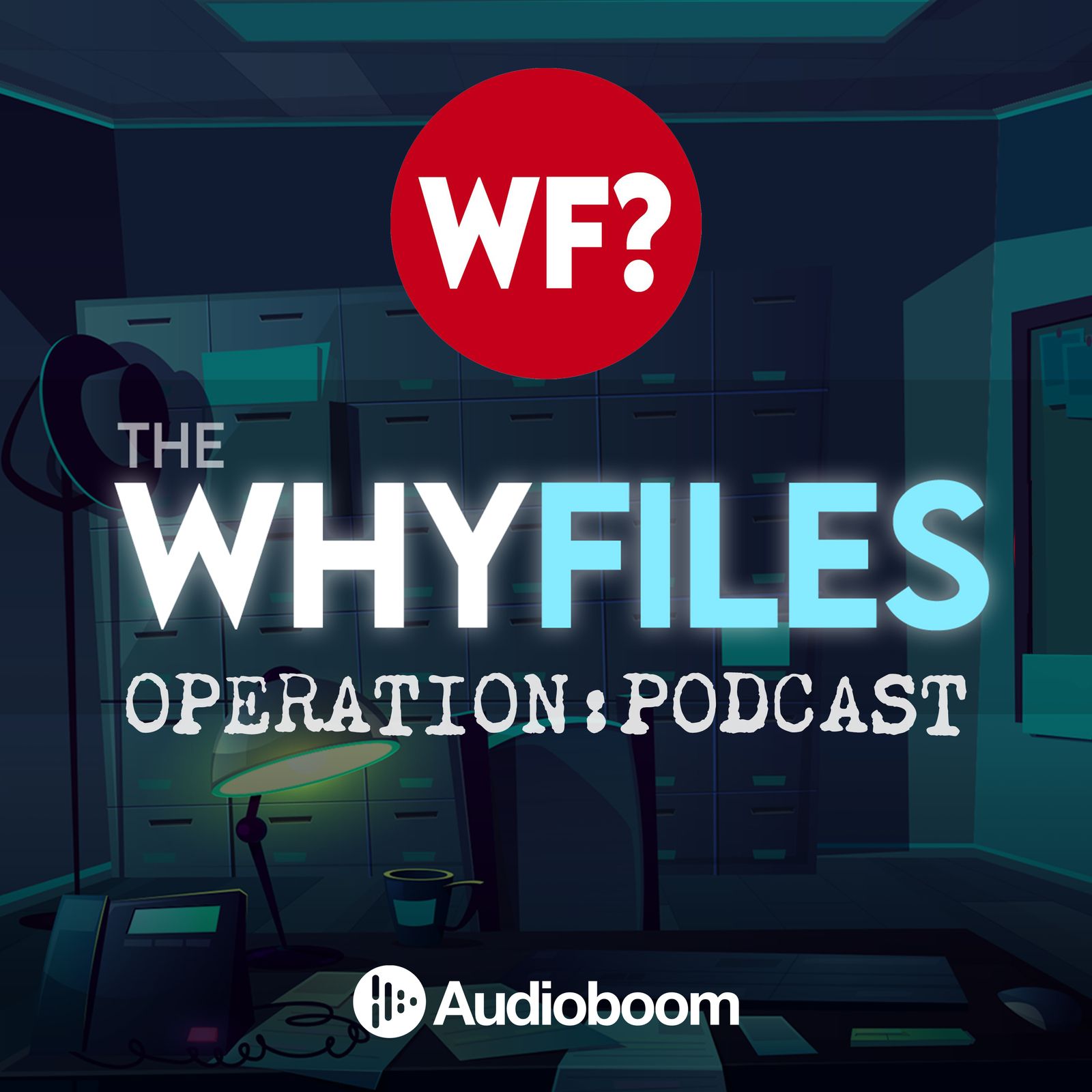
The Why Files: Operation Podcast
The Why Files: Operation Podcast
Sightings
REVERB | QCODE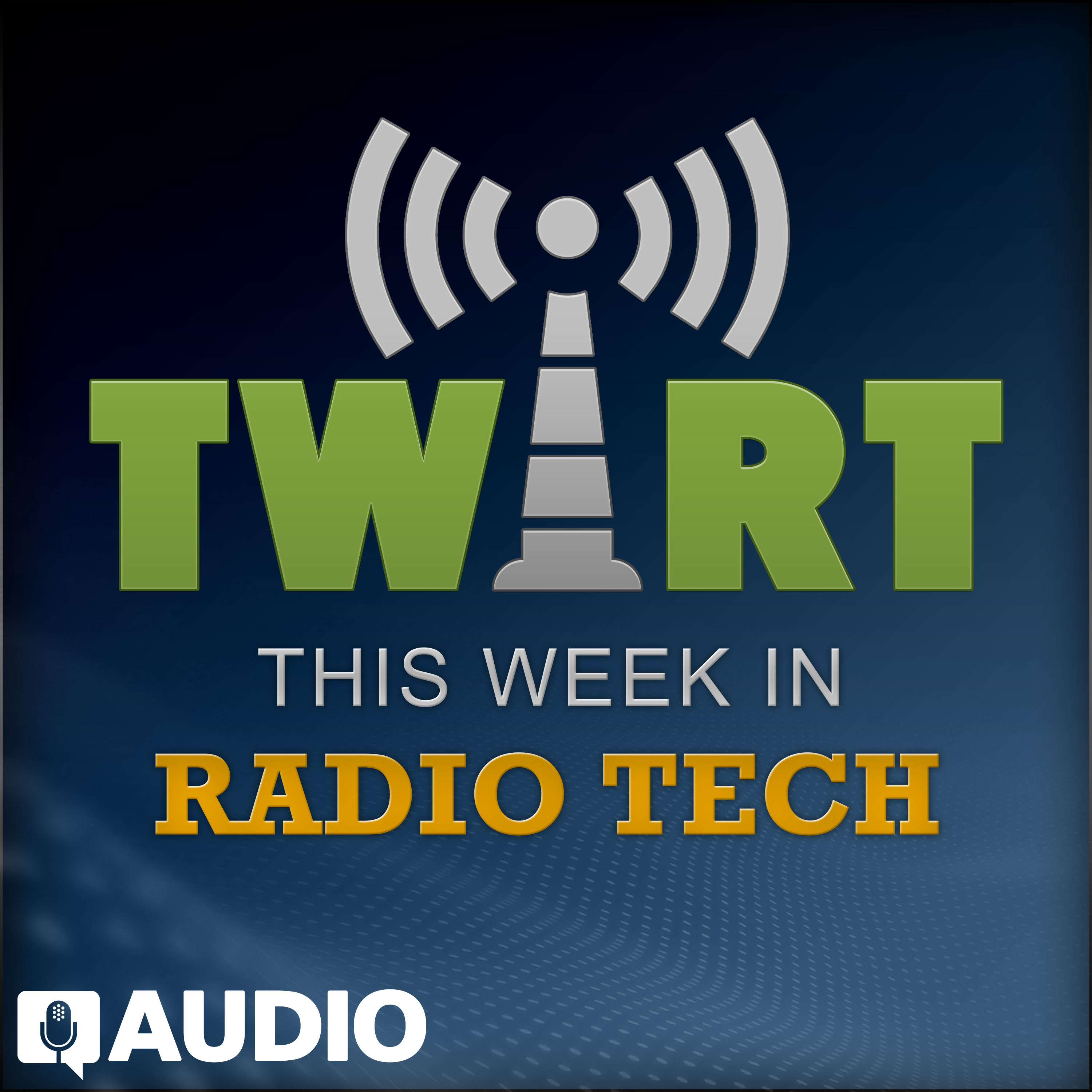
This Week In Radio Tech (TWiRT)
guysfromqueens
The Ezra Klein Show
New York Times Opinion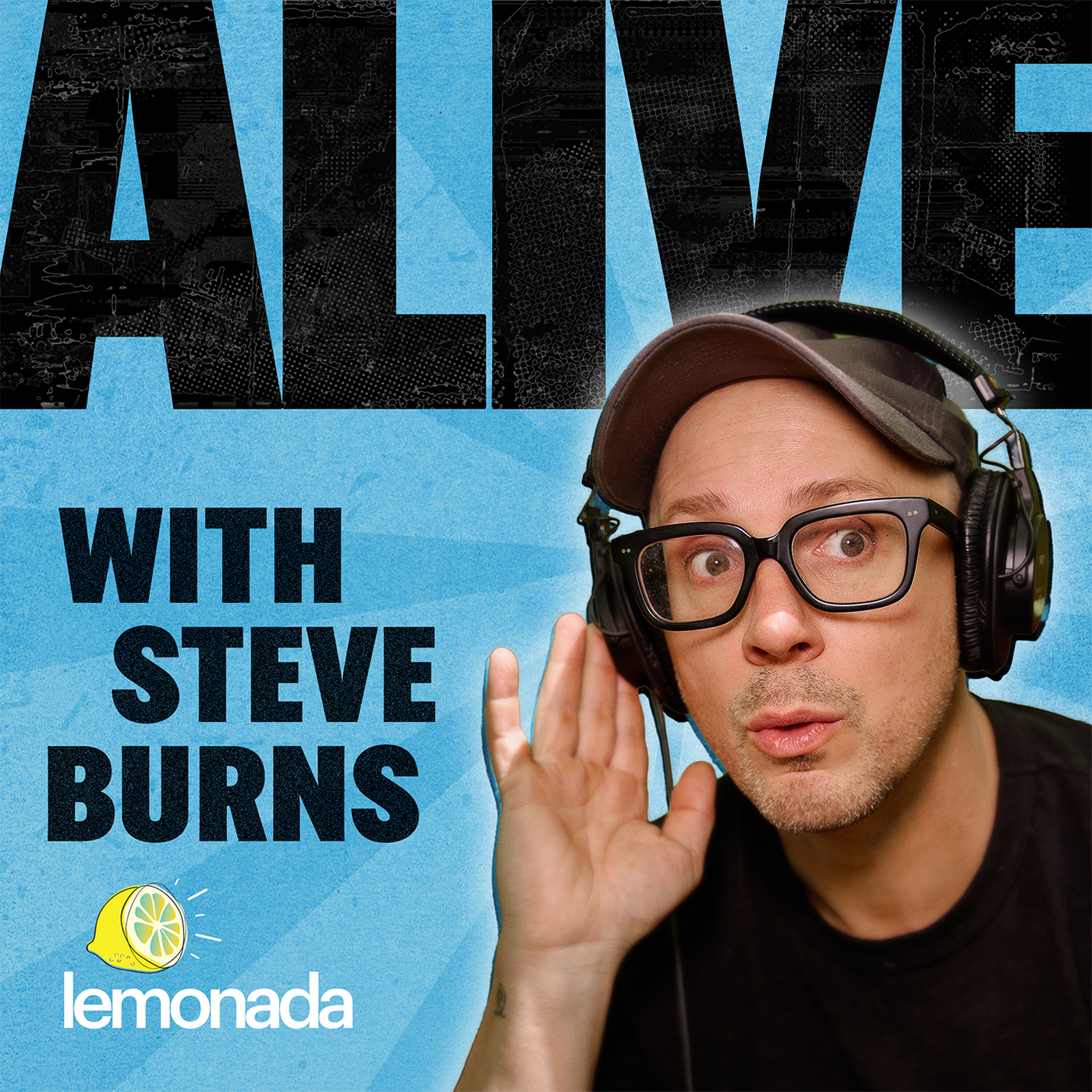
Alive with Steve Burns
Lemonada Media
Friends Who Pretend
Chris Bryant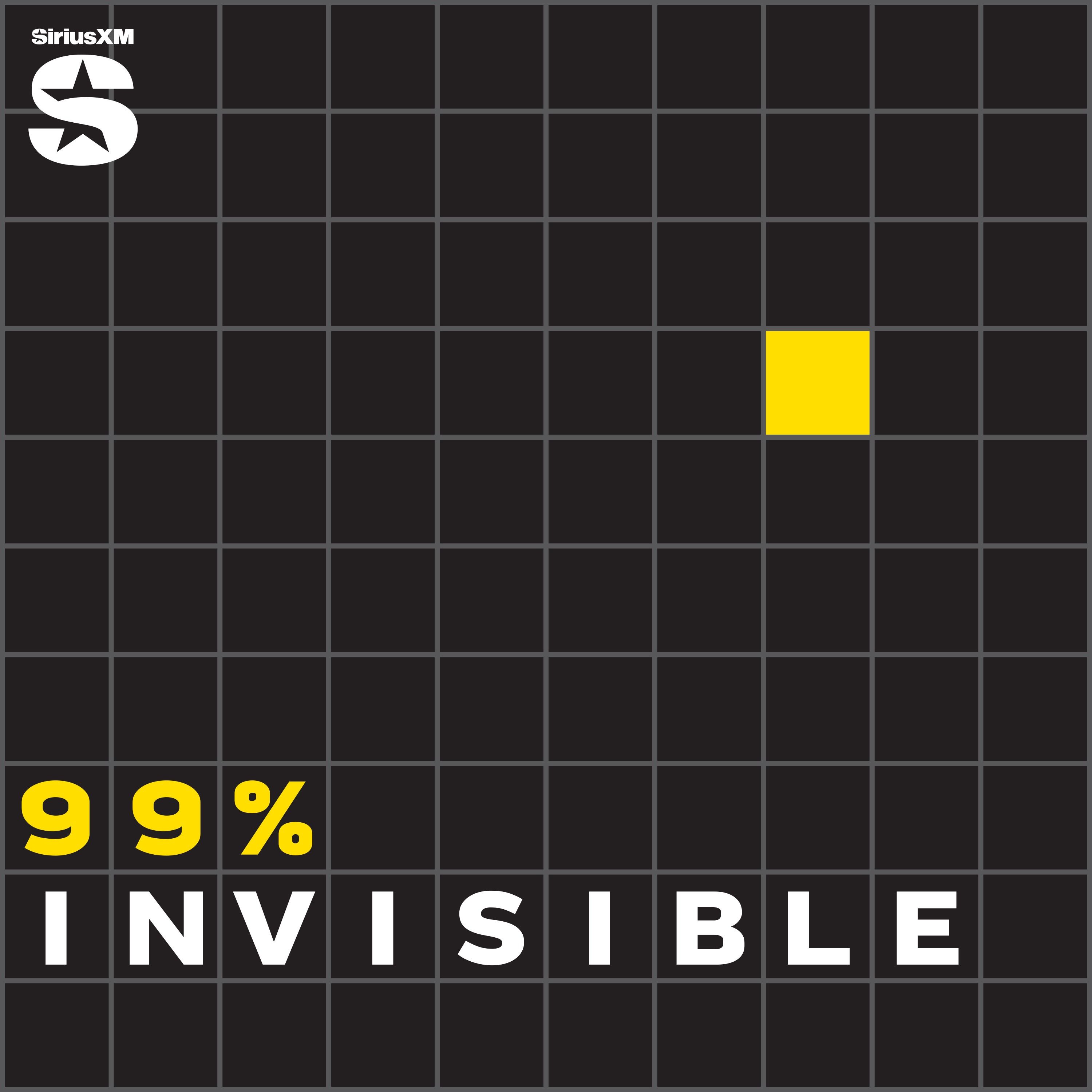
99% Invisible
Roman Mars
Hard Fork
The New York Times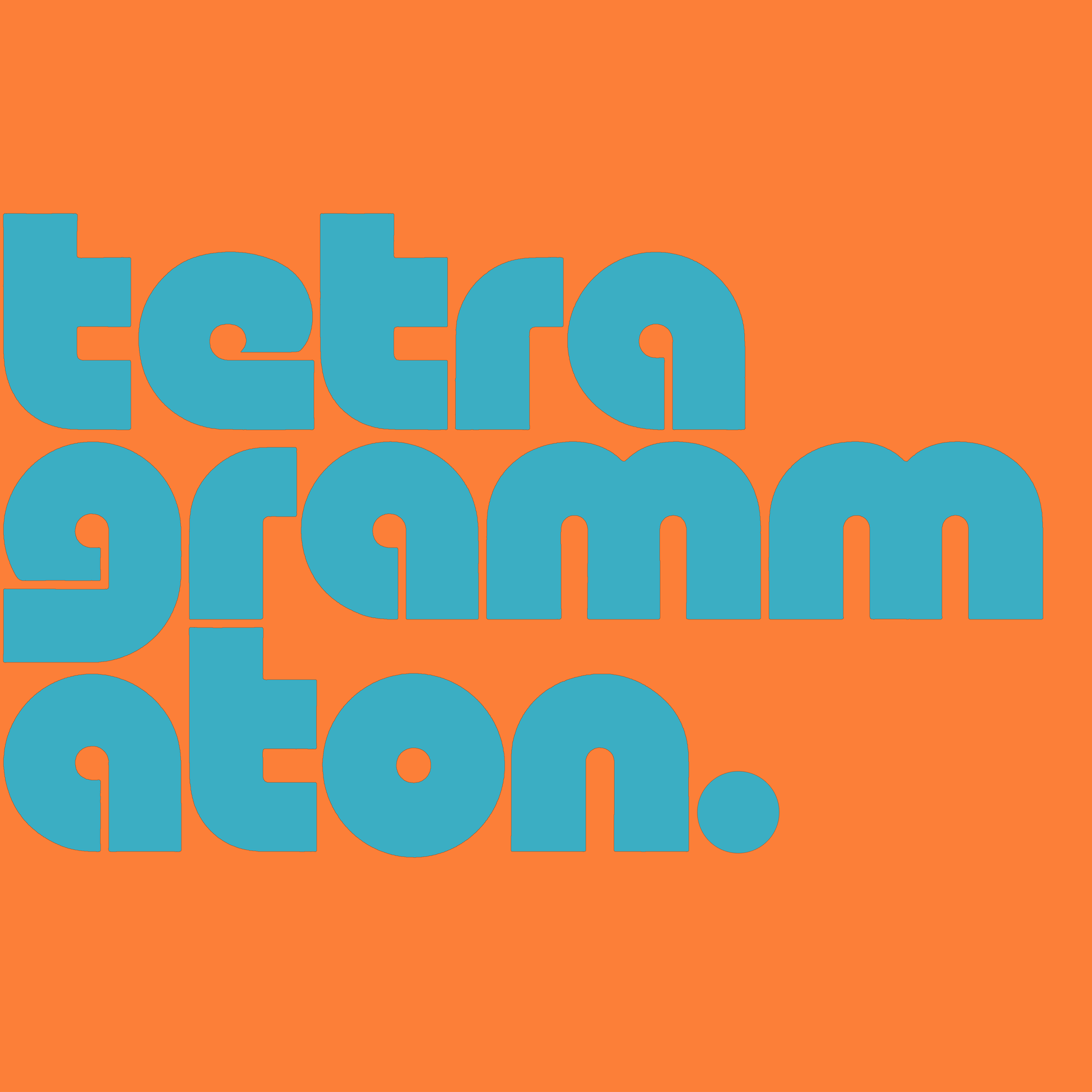
Tetragrammaton with Rick Rubin
Rick Rubin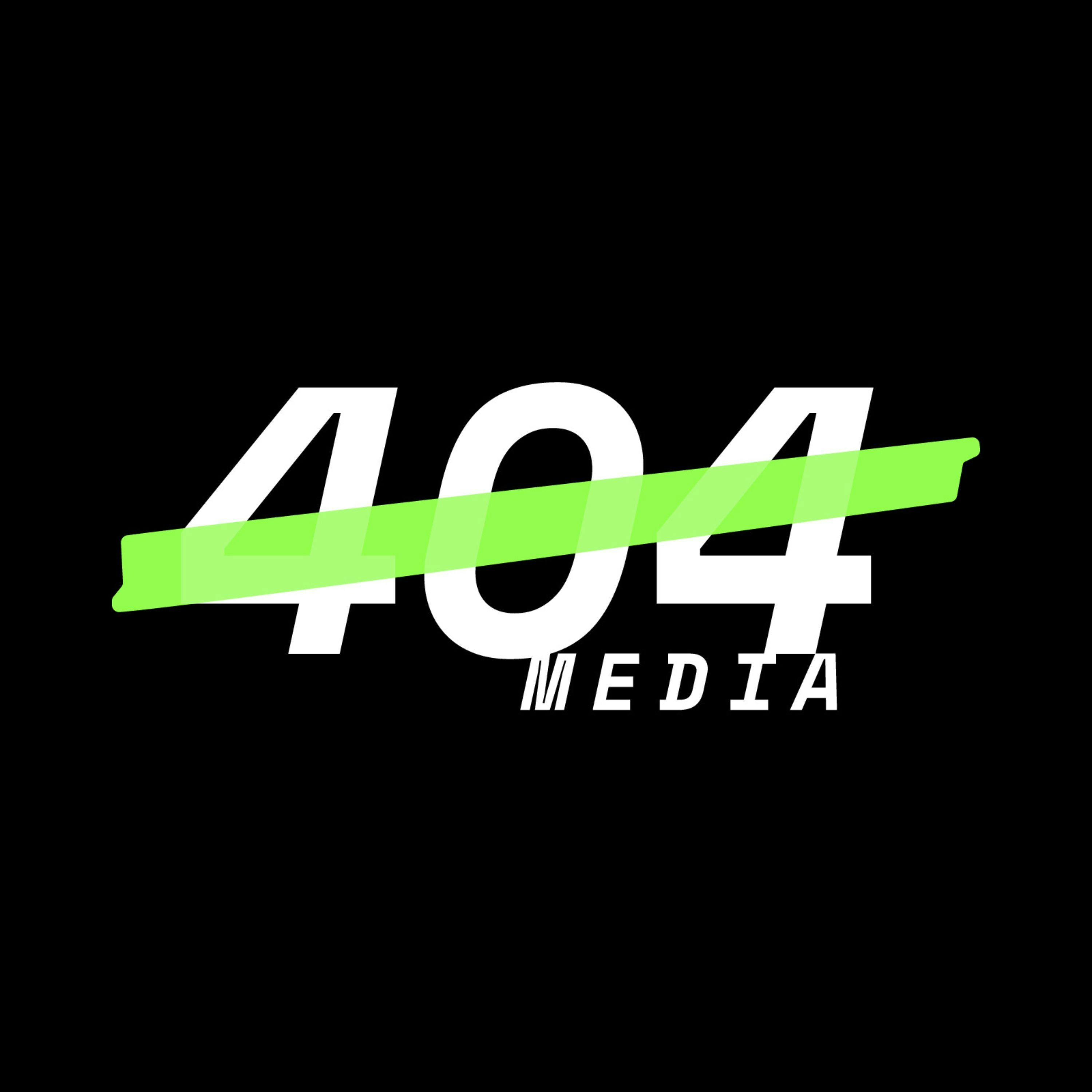
The 404 Media Podcast
404 Media
The Daily
The New York Times
Honestly with Bari Weiss
The Free Press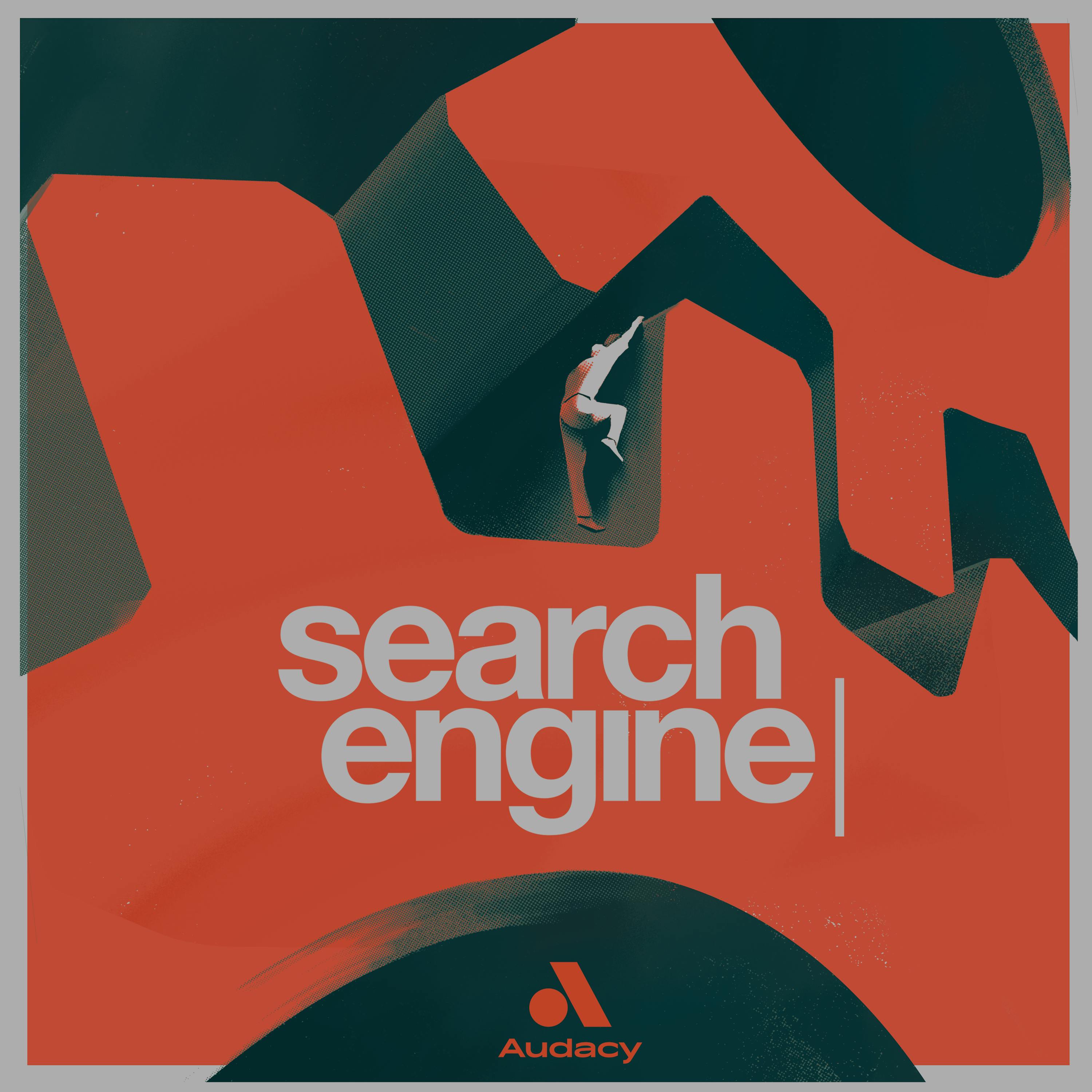
Search Engine
PJ Vogt
Pod Save America
Crooked Media
Danny Jones Podcast
Danny Jones | QCODE
Darknet Diaries
Jack Rhysider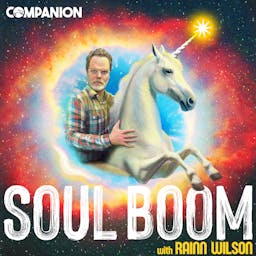
Soul Boom
Rainn Wilson
